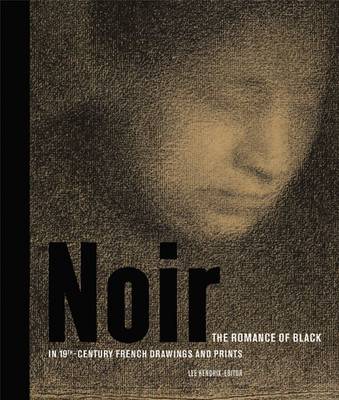Getty Publications - (Yale)
3 total works
In 1561-62 the master calligrapher Georg Bocskay (died 1575), imperial secretary to the Holy Roman Emperor Ferdinand I, created Mira calligraphiae monumenta (Model Book of Calligraphy) as a demonstration of his own preeminence among scribes. Some thirty years later, Ferdinand's grandson, the Emperor Rudolf II, commissioned Europe's last great manuscript illuminator, Joris Hoefnagel (1542-1600), to embellish the work. The resulting book is at once a treasury of extraordinary beauty and a landmark in the cultural debate between word and image.
Bocskay assembled a vast selection of contemporary and historical scripts for a work that summarized all that had been learned about writing to date-a testament to the universal power of the written word. Hoefnagel, desiring to prove the superiority of his art over Bocskay's words, employed every resource of illusionism, color, and form to devise all manner of brilliant grotesques, from flowers, fruit, insects, and animals to monsters and masks.
Mira Calligraphiae Monumenta – 6 copy virtual prepack
by Lee Hendrix and Thea Vignau-Wilberg
In 1561–62 the master calligrapher Georg Bocskay (died 1575), imperial secretary to the Holy Roman Emperor Ferdinand I, created Mira calligraphiae monumenta (Model Book of Calligraphy) as a demonstration of his own preeminence among scribes. Some thirty years later, Ferdinand's grandson, the Emperor Rudolf II, commissioned Europe’s last great manuscript illuminator, Joris Hoefnagel (1542–1600), to embellish the work. The resulting book is at once a treasury of extraordinary beauty and a landmark in the cultural debate between word and image.
Bocskay assembled a vast selection of contemporary and historical scripts for a work that summarized all that had been learned about writing to date—a testament to the universal power of the written word. Hoefnagel, desiring to prove the superiority of his art over Bocskay’s words, employed every resource of illusionism, color, and form to devise all manner of brilliant grotesques, from flowers, fruit, insects, and animals to monsters and masks.
Unavailable for nearly a decade, this gorgeous volume features over 180 color illustrations, as well as scholarly commentary and biographies of both artists, to inspire scholars, bibliophiles, graphic designers, typographers, and calligraphers.


